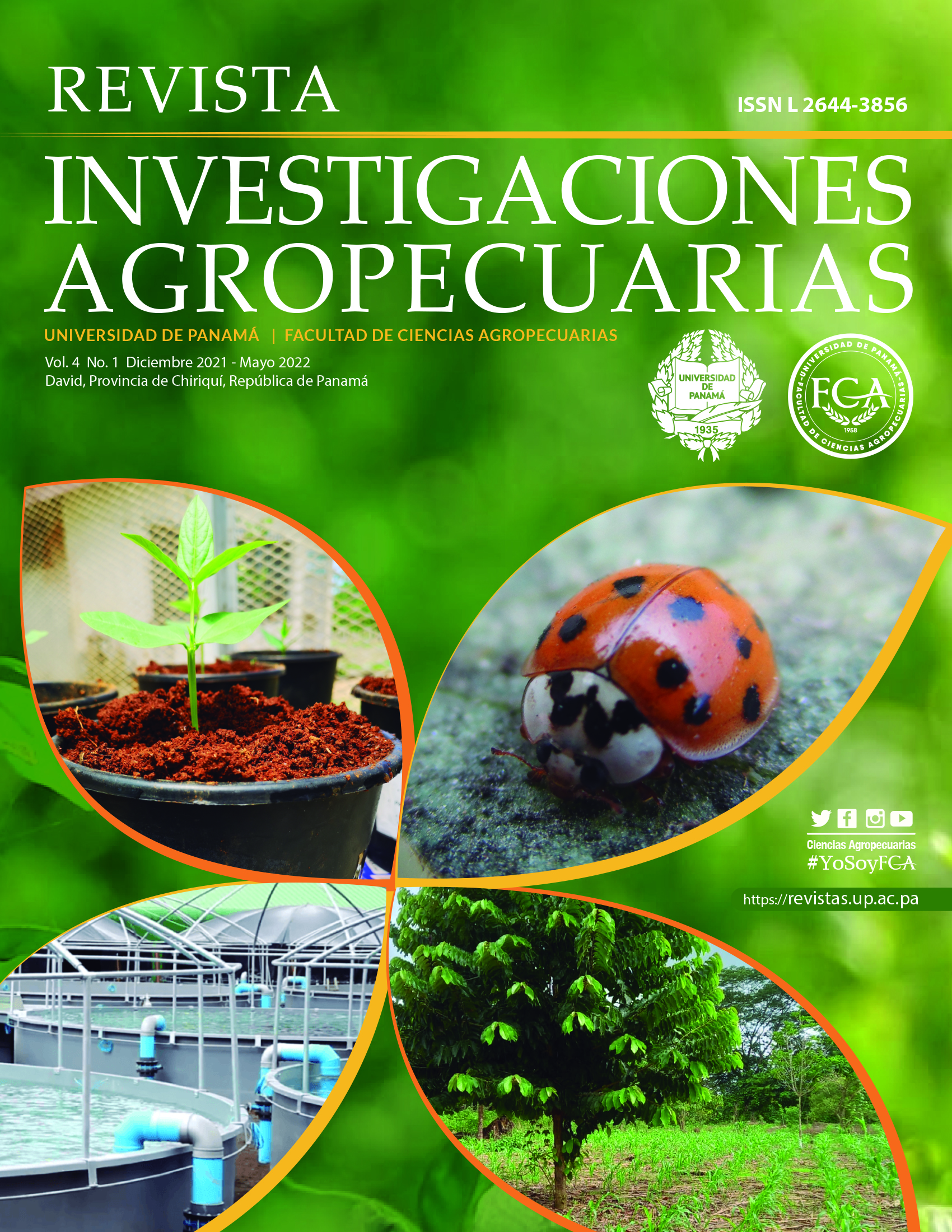References
Ali, S., Ijaz, M., Ghaffar, A., Oneeb, M., Masud, A., Durrani, A. Z., & Rashid, M. I. (2020). Species distribution and seasonal dynamics of equine tick infestation in two subtropical climate niches in Punjab, Pakistan. Pakistan Veterinary Journal. https://doi.org/10.29261/pakvetj/2019.095
Burger, D., Baumgartner, M., Bachmann, I., & Poncet, P. A. (2008). Recherche appliquée sur le comportement du cheval.
Burger, N. C., Nesvadba, J., Nesvadba, Z., Busato, A., & Gottstein, B. (2006). [The incidence of Dicrocoelium dendriticum in Emmental]. Berliner Und Munchener Tierarztliche Wochenschrift.
Collins, J., More, S. J., Hanlon, A., & Duggan, V. (2010). Case study of equine welfare on an Irish farm: 2007 to 2009. Veterinary Record. https://doi.org/10.1136/vr.b4883
Dai, F., Dalla Costa, E., Anne Murray, L. M., Canali, E., & Minero, M. (2016). Welfare conditions of donkeys in Europe: Initial outcomes from on-farm assessment. Animals. https://doi.org/10.3390/ani6010005
Dai, F., Segati, G., Burden, F., Judge, A., & Minero, M. (2016). Ensuring welfare of donkeys kept for milk production: a review of the legislation. European congress animal welfare & behaviour medicine.
Daly, P., & Doyle, S. (2003). The development of a competitive PCR-ELISA for the detection of equine herpesvirus-1. Journal of Virological Methods. https://doi.org/10.1016/S0166-0934(02)00252-5
DuBois, C., De Vries, T. J., Haley, D. B., Lawlis, P., & Merkies, K. (2019). Farm manager involvement in an equine on-farm welfare assessment: Opportunities for education and improvement. Animal Welfare. https://doi.org/10.7120/09627286.28.2.173
DuBois, Cordelie, DeVries, T., Haley, D. B., Lawlis, P., & Merkies, K. (2018). Putting an On-Farm Welfare Assessment Tool into Practice in the Canadian Equine Industry–A Pilot Study. Journal of Equine Veterinary Science. https://doi.org/10.1016/j.jevs.2017.12.004
Fraser, D., Weary, D. M., Pajor, E. A., & Milligan, B. N. (1997). A scientific conception of animal welfare that reflects ethical concerns. Animal Welfare.
Kassambara, A., & Mundt, F. (2020). Factoextra: Extract and visualize the results of multivariate data analyses. Retrieved from https://CRAN.R-project.org/package=factoextra
Korna?, S., Sallé, G., Skalska, M., David, I., Ricard, A., & Cabaret, J. (2015). Estimation of genetic parameters for resistance to gastro-intestinal nematodes in pure blood Arabian horses. International Journal for Parasitology. https://doi.org/10.1016/j.ijpara.2014.11.003
Köfer, J., Schobesberger, H., & Köfer, J.; Schobesberger, H. (2011). Animal hygiene and sustainable livestock production. Proceedings of the XVth International Congress of the International Society for Animal Hygiene, Vienna, Austria, 3-7 July 2011, Volume 3. Animal hygiene and sustainable livestock production. Proceedings of the XVth international congress of the international society for animal hygiene, vienna, austria, 3-7 july 2011, volume 3.
Kydd, J. H., Case, R., Winton, C., MacRae, S., Sharp, E., Ricketts, S. L., … Newton, J. R. (2016). Polarisation of equine pregnancy outcome associated with a maternal MHC class I allele: Preliminary evidence. Veterinary Microbiology. https://doi.org/10.1016/j.vetmic.2016.04.004
Lanas, R., Luna, D., & Tadich, T. (2018). The relationship between working horse welfare and their owners’ socioeconomic status. Animal Welfare. https://doi.org/10.7120/09627286.27.1.047
Liaw, A., & Wiener, M. (2002). Classification and regression by randomForest. R News, 2(3), 18–22. Retrieved from https://CRAN.R-project.org/doc/Rnews/
Mcgovern, K. F., Lascola, K. M., Smith, S. a., Clark-Price, S. C., Wilkins, P. a., Schaeffer, D. J., … Cohen, N. D. (2014). Review Article. Equine Veterinary Education.
Millican, L., Vanderstichel, R., McClure, J., & MacMillan, K. (2020). Demographic Factors Associated with Prince Edward Island Horse Farm Owner Awareness of the Code of Practice for the Care and Handling of Equines. Journal of Applied Animal Welfare Science. https://doi.org/10.1080/10888705.2019.1663739
Patiño, B. E. Q., Baldrich, N. E. R., Malambo, M. A. G., Parra, W. D. M., Ortiz, L. M. P., & Patiño Herrera, A. (2017). Report of gastrointestinal parasitosis and equine positive to equine infectious anemia in the animal health brigade in the year 2014 in the municipality of Florence-Caquetá. REDVET. Revista Electrónica de Veterinaria.
R Core Team. (2021). R: A language and environment for statistical computing. Retrieved from https://www.R-project.org/
Rose, B., Firth, M., Morris, B., Nicholson, C., Verheyen, K., Wathes, D. C., & Mestre, A. M. de. (2014). Incidence and Risk Factors Associated with Early Pregnancy Loss in Thoroughbreds. Equine Veterinary Journal. https://doi.org/10.1111/evj.12323_35
Sommerville, R., Brown, A. F., & Upjohn, M. (2018). A standardised equine-based welfare assessment tool used for six years in low and middle income countries. PLoS ONE. https://doi.org/10.1371/journal.pone.0192354
Tirosh-Levy, S., Gottlieb, Y., Apanaskevich, D. A., Mumcuoglu, K. Y., & Steinman, A. (2018). Species distribution and seasonal dynamics of equine tick infestation in two Mediterranean climate niches in Israel 07 Agricultural and Veterinary Sciences 0707 Veterinary Sciences. Parasites and Vectors. https://doi.org/10.1186/s13071-018-3093-0
Tirosh-Levy, S., Mazuz, M. L., Savitsky, I., Pinkas, D., Gottlieb, Y., & Steinman, A. (2021). Serological and Molecular Prevalence of Babesia caballi in Apparently Healthy Horses in Israel. Pathogens. https://doi.org/10.3390/pathogens10040445
Underwood, W. J., McGlone, J. J., Swanson, J., Anderson, K. A., & Anthony, R. (2013). Agricultural Animal Welfare. In Laboratory animal welfare. https://doi.org/10.1016/B978-0-12-385103-1.00015-4
Wei, T., & Simko, V. (2021). R package "corrplot": Visualization of a correlation matrix. Retrieved from https://github.com/taiyun/corrplot
Wemelsfelder, F. (2007). How animals communicate quality of life: The qualitative assessment of behaviour. Animal Welfare.
Wilkes, E. J. A., Heller, J., Raidal, S. L., Woodgate, R. G., & Hughes, K. J. (2020). A questionnaire study of parasite control in Thoroughbred and Standardbred horses in Australia. Equine Veterinary Journal. https://doi.org/10.1111/evj.13207

